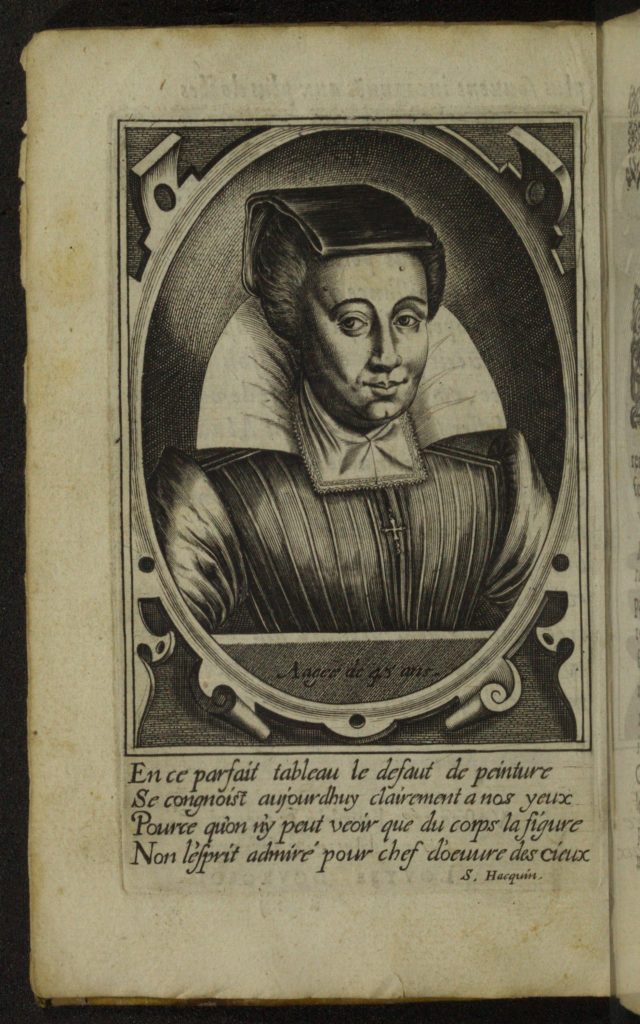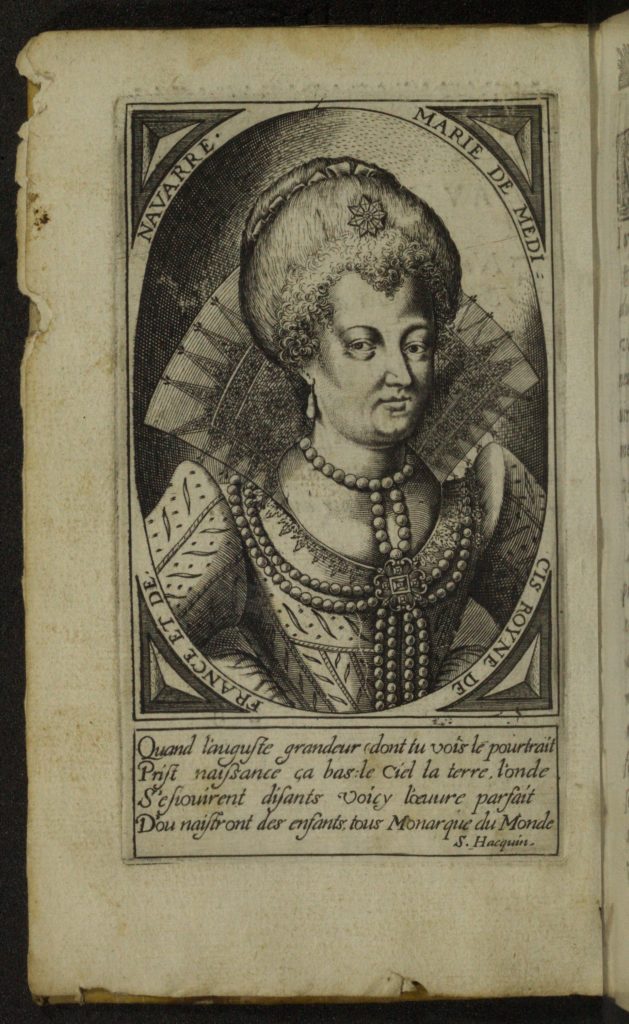Observations diverses
| Title | Observations diverses sur la stérilité, perte de fruicts, foecondité, accouchements, et maladies des femmes et enfants nouveaux naiz amplement traittées heureusement praticquées |
|---|---|
| Contributor(s) |
Bourgeois, Louise
(author) |
| Year | 1609, 1617 |
Louise Bourgeois (1563-1636) wrote Observations diverses sur la stérilité, perte de fruicts, foecondité, accouchements, et maladies des femmes et enfants nouveaux naiz amplement traittées heureusement praticquées in 1609, and it is one of our few texts authored by a woman. This text, which saw four reprints from 1609 to 1634, is the first printed work on the subject of the female body to be penned by a woman practitioner. Written while Bourgeois was stationed as the royal midwife to Queen Marie de Medici of France, it continues the trend of containing personal notes and additions that come from the author themselves.
Observations provides practical advice for other medical practitioners and instructs them on best practices as available in the framework of contemporary understandings of the female body, before, during and after childbirth. Midwifery was a necessary practice in 17th century France, but Bourgeois would have been aware of the criticisms aimed at women practitioners. After the death of Duchess Marie de Bourbon in childbirth in 1626, Bourgeois was accused of negligence toward her patient; whether these were unfounded criticisms or whether they held a vestige of truth, she promptly left the royal court. Bourgeois turned to criticise those who wrote texts pertaining to midwifery, without ever having practised it themselves or having an understanding of the realities of women’s bodies in pregnancy.
There are two portraits in the 1609 edition; on the left we can see Bourgeois herself in her midwife’s outfit while on the right is her patron, Queen Marie de Medici of France.


Compare the Sources
1609
1617
Source
We consulted two versions of this text, the 1609 first edition which is digitised and housed by the Bibliothèque Nationale de France, and the second is the 1617 edition hosted by the Internet Archive. Initially we introduced the Internet Archive edition to include their epub file as part of our digital data set; however, the accuracy of this file often fell as low as 18% due to OCR misrepresentations of French accents and typography norms common of the 17th century. We did however maintain the use of these two digital sources for our analysis narrative. The .txt file was not reliably exploitable, but we were able to use it for the data charts we needed.



